“Barbecue may not be the road to world peace, but it’s a start.” – Anthony Bourdain
I have always idolized Anthony Bourdain. He was everything I wanted to be: well-travelled, well-spoken, and not afraid to try new things, especially when it came to food. Although I was not sheltered as a child, I very much enjoyed dwelling within my own comfort zone. I was shy and did not come out of my shell often. Travelling changed everything and showed me a whole new world. I became increasingly more open to new experiences and allowed myself to fall in love with the world through food.
I vividly remember my very first plate of Pad Thai. It was at a random street stall in the middle of the bustling city of Bangkok. I recall feeling a complete sensory overload – the sights, the noises, the smells, the people. The owner ushered us to a small table with rickety, red plastic chairs on the sidewalk. I sat as sweat poured from every pore on my body. The menu contained exactly two items: Pad Thai with an omelette and Pad Thai without. I opted for the Pad Thai with omelette and received it within minutes, piping hot. It was topped with bean sprouts, chilli peppers, and a handful of cilantro. I cut open my Pad Thai filled omelette, sprinkled it with peanuts and lime juice and that was it… I was hooked.
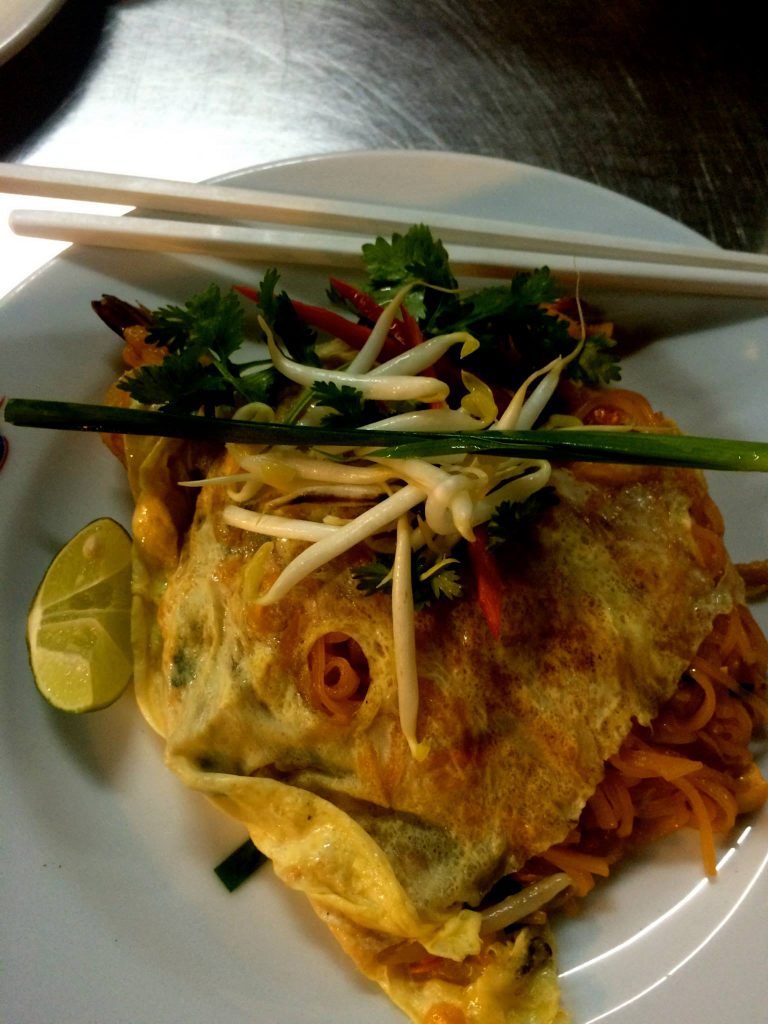
Like art, literature, or music, food is product of culture. Our feelings and experiences are embedded within food and it allows us to make connections with one another. We use food to mark special occasions, such as birthdays, anniversaries, and weddings. Sharing meals is a way to celebrate and show emotion. It can also bring comfort when we are feeling sick or during hard times. Whether it is for mere sustenance or a meal that reminds us of home, food is never meaningless. It is often around food that we build relationships with family and friends as well as share some of life’s most memorable moments – laughs, love, important discussions and stories.
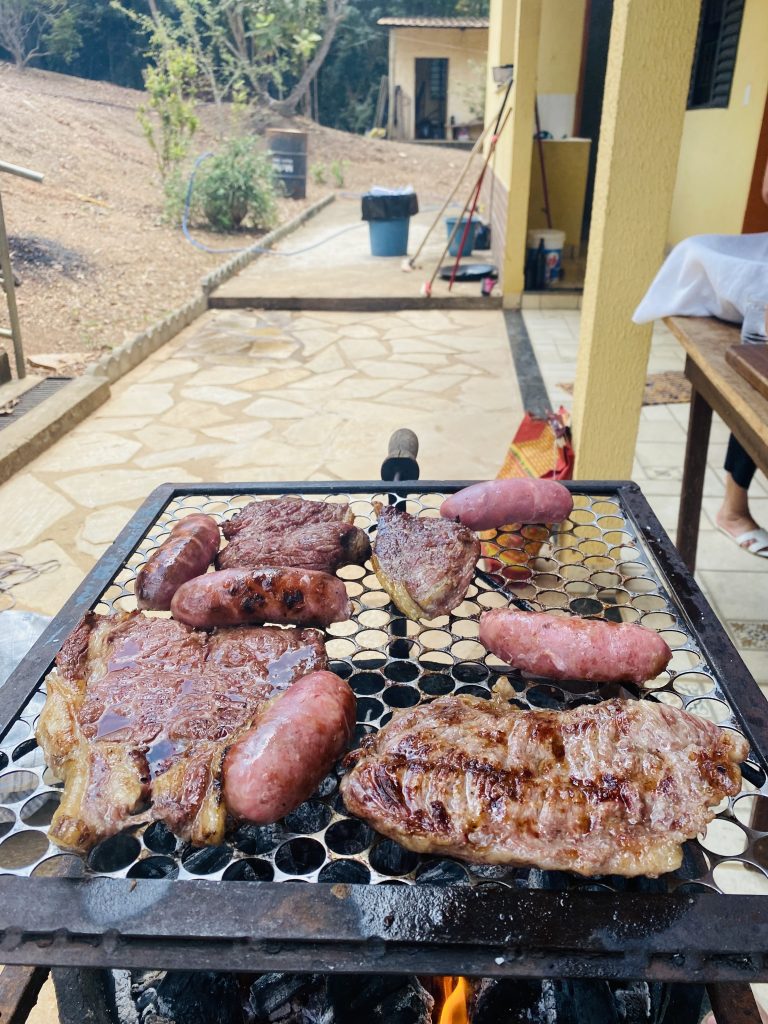
That is why trying traditional and unique foods is perhaps my personal favourite way of getting to know a culture and a people. Every destination, every place has a specific dish associated with it, so trying local cuisines while travelling abroad is an important way to experience the local way of life and traditions. It can be viewed the same way as visiting famous buildings and monuments. However, I would argue that it provides an even more intimate look into a culture, its traditions and its peoples.
Italy for pizza and pasta, Mexico for tacos and tamales, Vietnam for pho and banh mi… Here in Brazil it’s feijoada and churrasco. Food seems to be a central part of everyday life. By far the most popular question we receive during our school visits is whether we’ve tried certain foods and what our favourites are. The disappointment when we say we have yet to try something is palpable as is the elation when we share our love of a certain dish. At most schools, students receive at least one hot, hearty meal every day. And everyone is constantly asking us if we have eaten or if we are hungry. The restaurant and meal recommendations are endless. Sharing food is a way the Brazilian people share their love and demonstrate their hospitality.
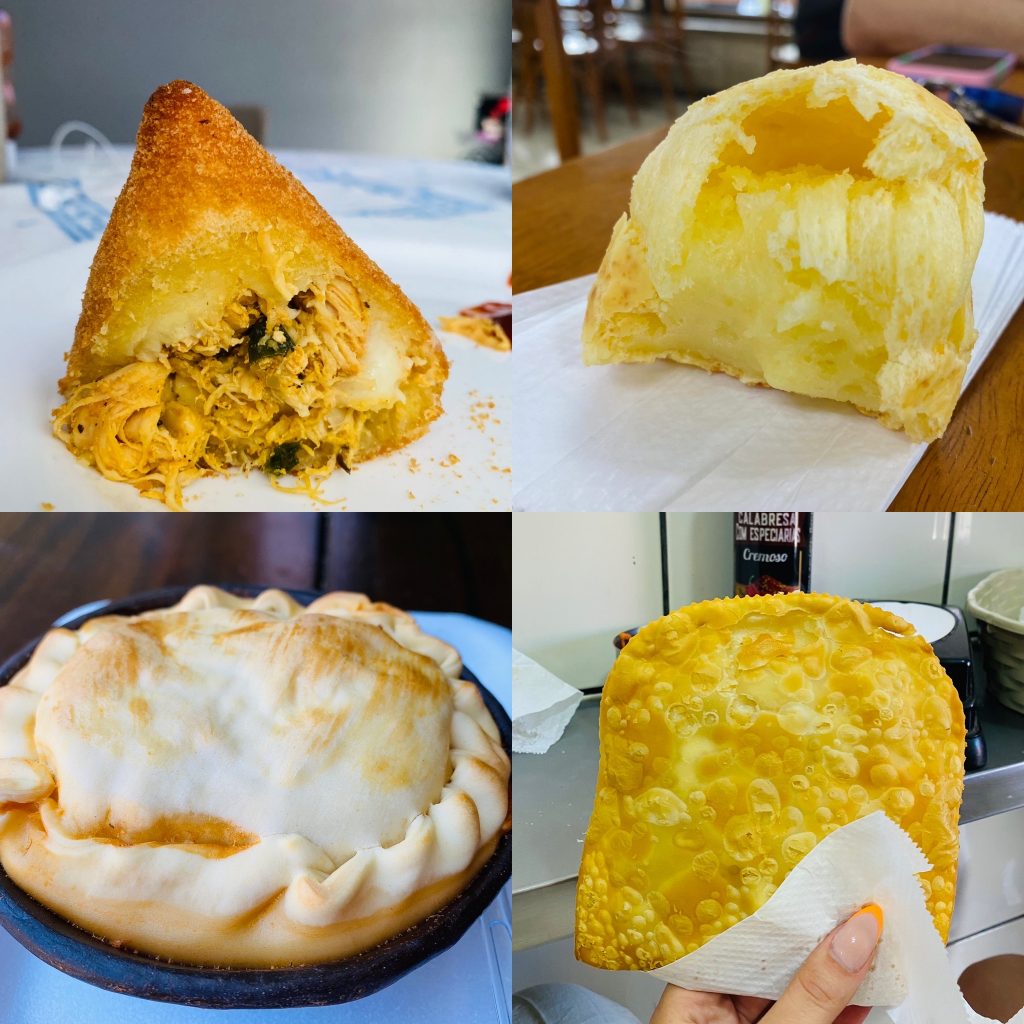
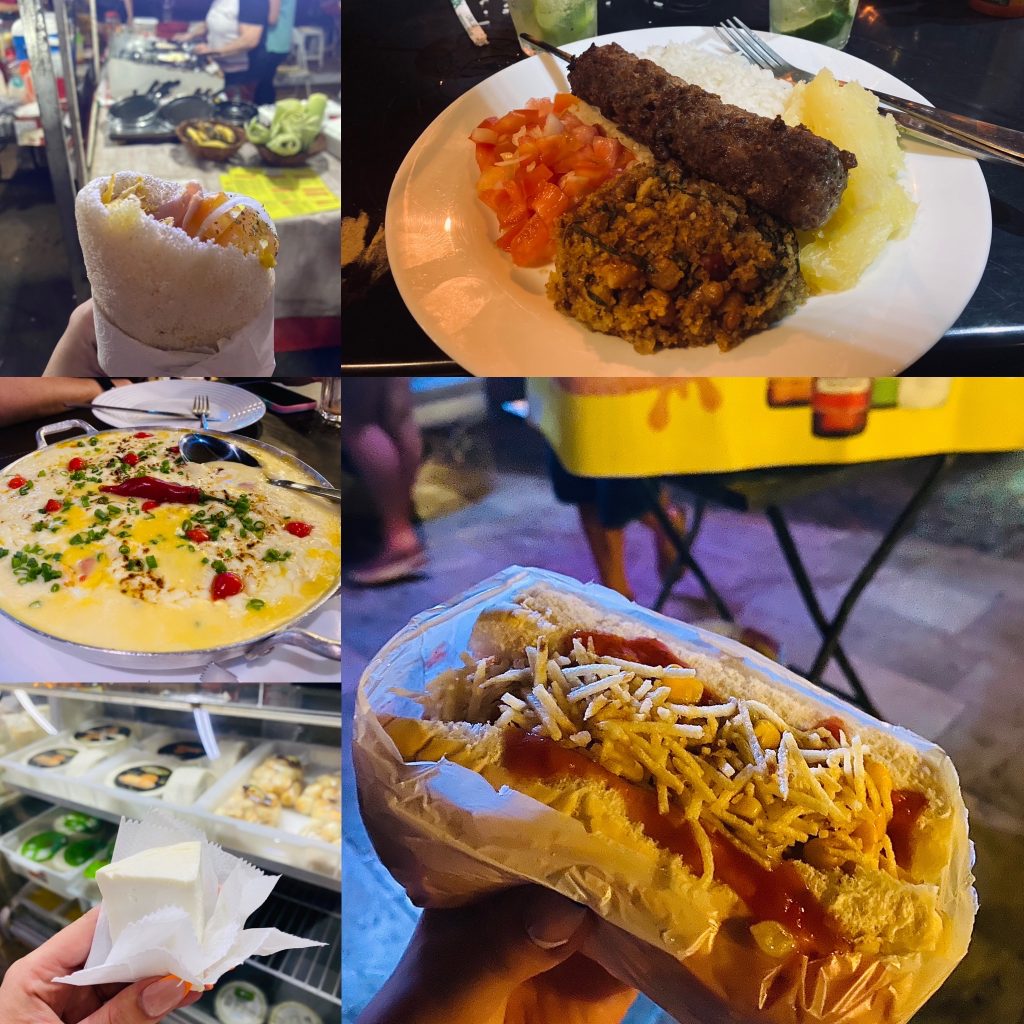
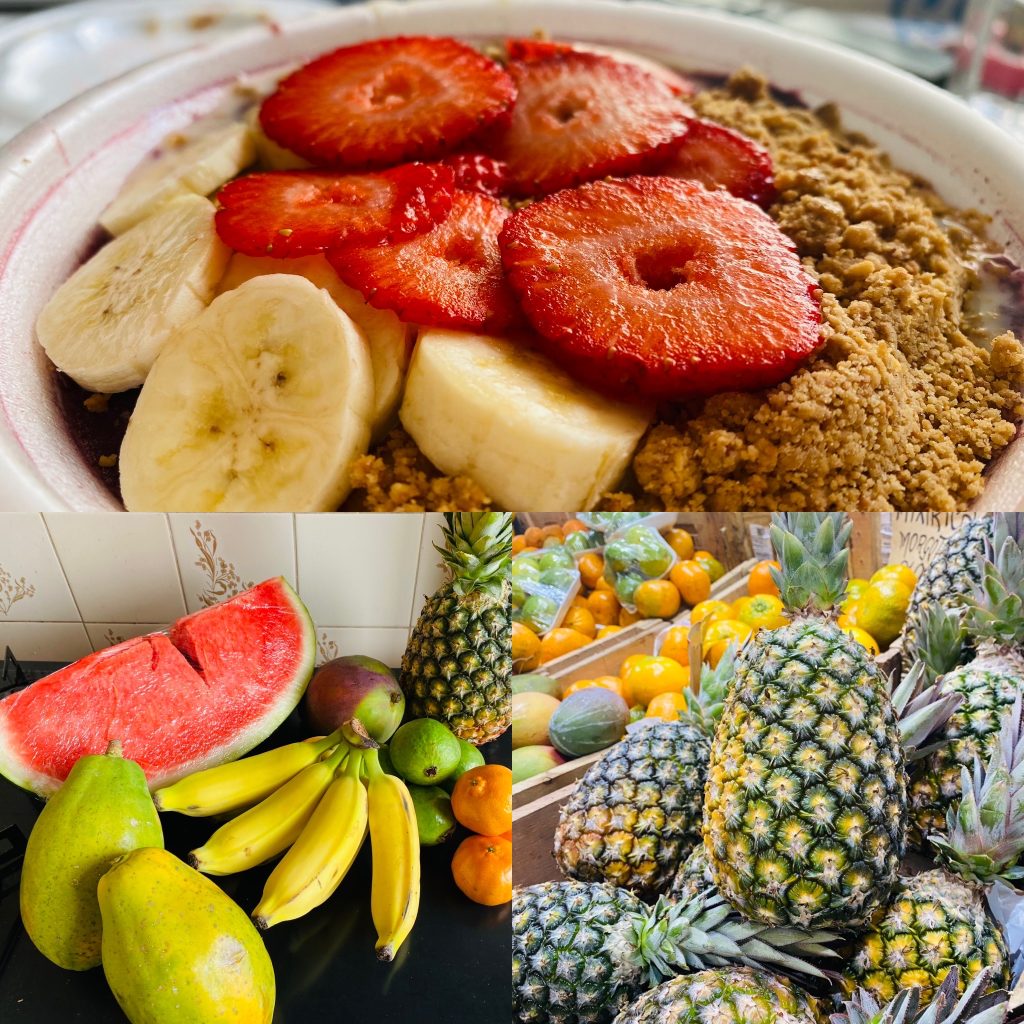
What I will miss most about Brazil is undoubtedly the amazing people and friends I have made here. Their presence and openness have made this a truly unforgettable experience. But a very close second will be the delicious food I have tried over the course of my time here. Some of my favourite memories were created in the presence of good friends and good food. 🙂